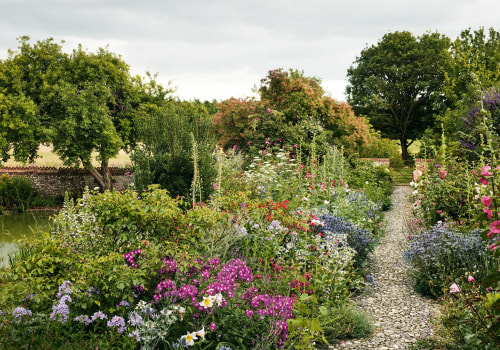While many people use the terms “lawn care” and “groundskeeping” interchangeably, they actually refer to two distinct areas of outdoor maintenance that serve different purposes. Both contribute to the beauty and health of a landscape, but their goals, scope, and required expertise vary significantly. Lawn care focuses primarily on nurturing grass, plants, and soil health, while groundskeeping involves a broader range of tasks, including structural and aesthetic maintenance of the entire property. Knowing the difference between these two services helps homeowners, property managers, and businesses choose the right level of care to maintain both the appearance and functionality of their outdoor spaces.
Lawn Care: The Science of Green Health
Lawn care is a specialized discipline that revolves around the science and art of cultivating vibrant, healthy turf. It involves regular mowing, fertilization, aeration, weed control, and pest management to ensure the grass remains lush and resilient throughout the year. Successful lawn care requires knowledge of soil composition, pH balance, local climate, and plant biology. Professionals in this field often use tailored treatment plans based on seasonal changes to promote steady growth and minimize stress on the lawn. Equipment maintenance also plays a crucial role; high-quality tools and precision mowing contribute to the evenness and vitality of the grass. For example, local suppliers such as Umatilla Saw provide the essential tools and equipment that make professional lawn care possible, from reliable mowers to trimmers that keep edges sharp and uniform. This focus on detailed maintenance makes lawn care a process of ongoing nurturing rather than one-time improvement, emphasizing long-term health over quick cosmetic fixes.
Groundskeeping: Beyond the Grass
Groundskeeping, on the other hand, takes a more comprehensive approach to outdoor management. It encompasses everything included in lawn care but expands into maintaining the overall landscape and physical features of a property. Groundskeepers are responsible for trimming shrubs and trees, maintaining flower beds, clearing debris, repairing irrigation systems, and even managing pathways, fences, and lighting. In commercial or institutional settings—such as schools, parks, and sports complexes—groundskeeping also involves safety inspections and ensuring public spaces remain clean, accessible, and visually appealing. This role blends horticultural knowledge with practical facility maintenance skills. While lawn care focuses on the biological health of vegetation, groundskeeping integrates that with the aesthetic and functional upkeep of the environment, ensuring that all outdoor elements work together harmoniously.
Choosing the Right Service for Your Property
The distinction between lawn care and groundskeeping often comes down to scale and purpose. A homeowner with a small yard may only need seasonal lawn treatments to maintain healthy turf, while a large estate, business complex, or golf course requires year-round groundskeeping to manage its diverse features. Lawn care is detail-oriented and plant-specific, while groundskeeping is system-oriented and site-specific. Many property owners choose to combine both services for comprehensive results, ensuring that their lawns stay green and their landscapes remain structured and inviting.
Conclusion: Harmony Between Care and Management
In the end, lawn care and groundskeeping work best when they complement one another. Lawn care nurtures the living foundation of the landscape, while groundskeeping preserves its broader integrity and design. Together, they create outdoor spaces that are not only beautiful but functional, sustainable, and enjoyable. Understanding this distinction allows property owners to invest wisely in the right level of maintenance, balancing aesthetics with practicality. Whether maintaining a suburban lawn or an expansive public park, the ultimate goal remains the same—to cultivate outdoor environments that enhance both nature and human experience.







